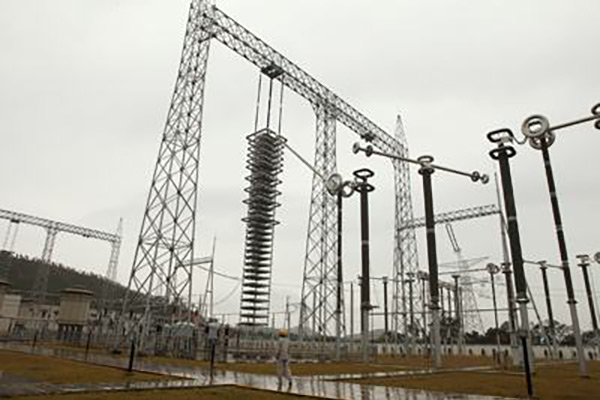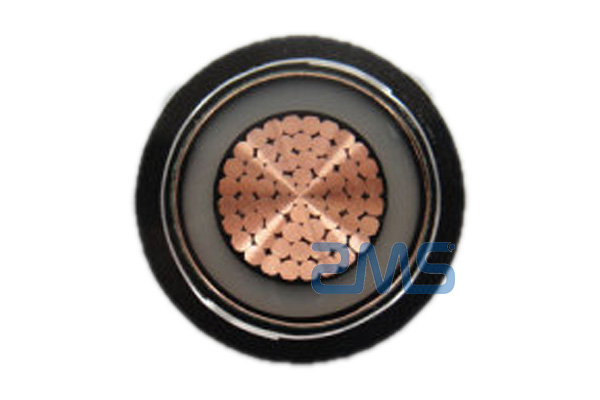In a modern DC transmission system, only the transmission link is DC, the generation system and the consumer system are still AC. At the sending end of the transmission line, the AC power from the AC system is sent to the rectifier via the converter transformer in the converter station. Which changes the high-voltage AC power into high-voltage DC power and sends it to the DC transmission line.
The DC power is sent to the inverter in the converter station at the receiving end through the transmission line, which changes the high-voltage DC power into a high-voltage AC power line. And then transmits the power to the AC system through the converter transformer. In the DC transmission system, the inverter can be made to work in rectified or inverted state by controlling the converter.

HVDC Transmission Has Many Advantages Compared To AC Transmission
1. HVDC transmission line is significantly more economical. When transmitting the same power, the wire used in DC transmission lines is only 1/2 to 2/3 of that used in AC transmission. DC transmission line uses a two-wire system and compared with a three-wire system, three-phase AC transmission, under the same conditions of transmission line wire cross-section and current density. If the skin effect is not considered, the transmission line and insulation materials can be saved by about 1/3 of the same electric power.
If skin effect and various losses are taken into account, the cross-sectional area of the wire used to transmit the same power AC is greater than or equal to 1.33 times the cross-sectional area of the wire used for DC transmission. Therefore, the wire used for DC transmission is almost half of that used for AC transmission.
In cable transmission lines, high-voltage DC transmission lines do not generate capacitive currents, while AC transmission lines have capacitive currents, which cause losses. On some special occasions, such as when the transmission line passes through the strait, DC cables must be used.
Due to the coaxial capacitor formed between the cable core and the earth, the no-load capacitive current is extremely considerable in the AC high-voltage transmission line. In the DC transmission line, there is no capacitive current added to the cable because the voltage fluctuation is very small.
3. When DC transmission is used, the AC system at both ends of the line does not need to run synchronously, while AC transmission must run synchronously. When long-distance AC transmission is used, there is a significant difference in the phase of the currents at both ends of the AC transmission system.
These two factors cause the AC system to be unsynchronized and need to be adjusted with a complex and large compensation system and a very comprehensive technology. Otherwise, a strong loop current may be formed in the equipment and damage the equipment, or cause an outage due to unsynchronized operation.
When DC transmission lines are used to interconnect two AC systems, the AC grid at both ends can operate at their frequency and phase without synchronous adjustment.
4. HVDC power transmission system is easy to control and fast, and the loss in case of failure is smaller than that of AC transmission. If two AC systems are interconnected by AC lines, when a short circuit occurs on one side of the system, the other side has to deliver short-circuit current to the fault side.
Therefore, the ability of the original circuit breakers on both sides of the system to cut off the short-circuit current will be threatened and the circuit breakers need to be replaced. If the two AC systems are interconnected by a DC transmission line. The circuit power can be adjusted quickly and easily due to the use of silicon-controlled devices, the short-circuit current delivered by the DC transmission line to the short-circuited AC system is not large. And the short-circuit current of the fault side AC system is almost the same as when there is no interconnection. Therefore, it is not necessary to replace the original switch and current-carrying equipment on both sides.
5. In the HVDC transmission project, each pole is independently regulated and works without influence from each other.
Therefore, when one pole fails, only the faulty pole needs to be shut down and the other pole can still deliver at least 50% of the power. However, in an AC transmission line, a permanent fault in any phase must result in a complete line outage.


